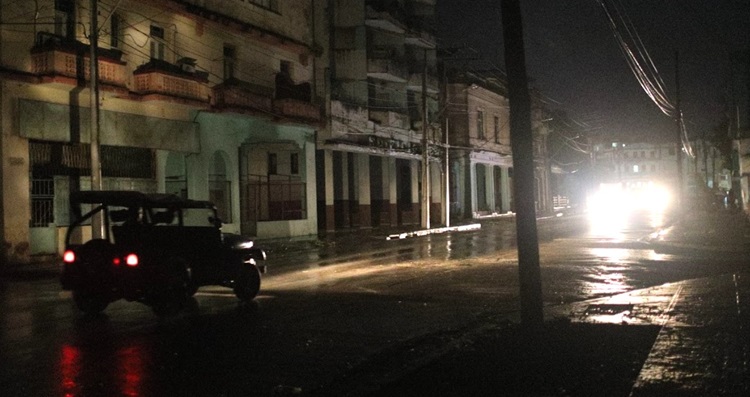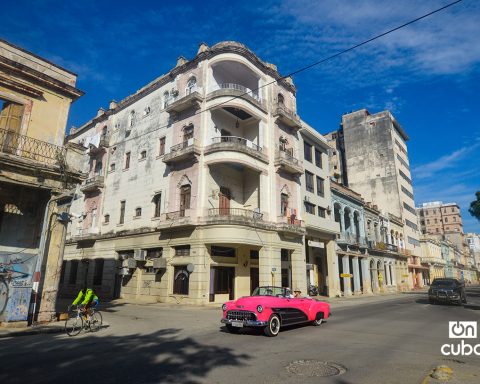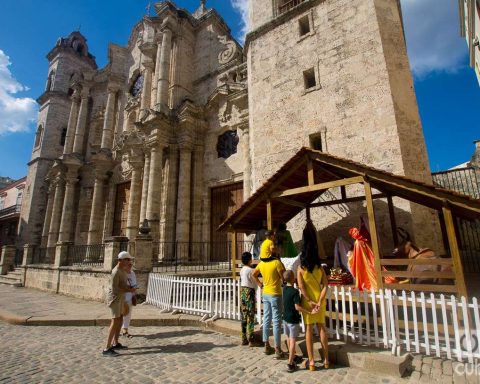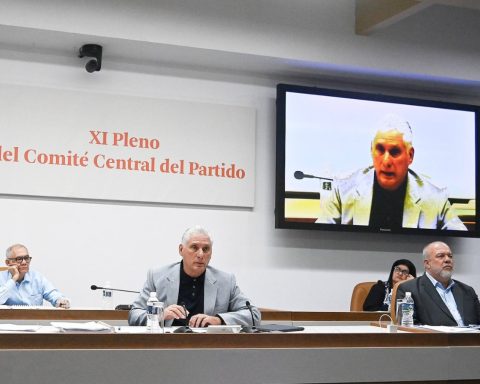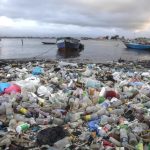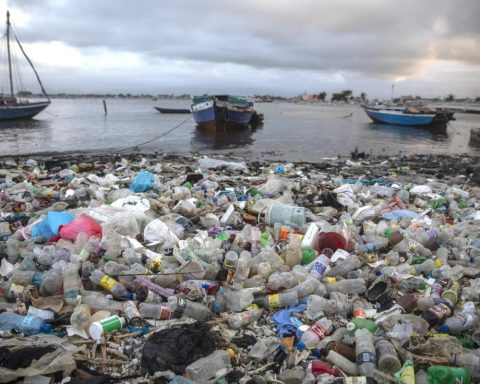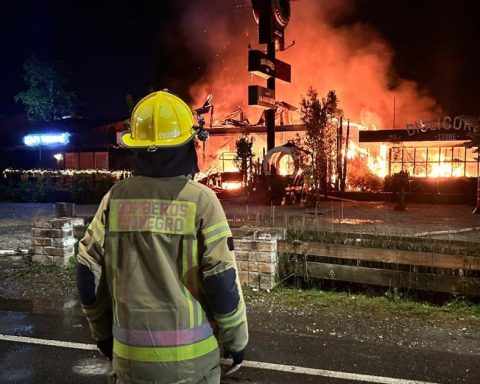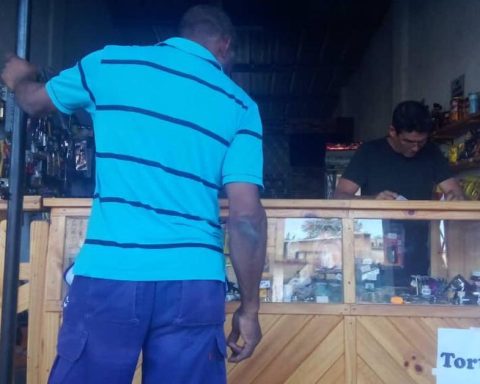MÉRIDA, Mexico – The Lidio Ramón Pérez thermoelectric plants in Felton, in Holguín, and Carlos Manuel de Céspedes, in Cienfuegos, have been synchronized since this morning and the Electric Union (UNE) has launched “service throughout the country” for one night.
“Since 4:00am Felton 1 is online. At 6:50am it is at 161 MW and is increasing loads… Céspedes 4 also came online before. Early morning with service throughout the country, WITHOUT BLACKOUTS DUE TO DEFICIT, since 4:15am,” reads a UNE Facebook post.
“Other units will also be synchronized in the coming hours,” they said.
They also stated that since morning “the general director of UNE, Alfredo López Valdés, together with directors and workers of the CTE Ernesto Guevara in Santa Cruz del Norte, Mayabeque, have been working on the intermediate circuit pumps of Unit No. 3.”
In the morning, however, Saturday’s daily report estimated blackouts for a deficit of 550 MW during peak hours.
“It is estimated that during peak hours there will be an availability of 2,600 MW and a maximum demand of 3,150 MW, for a deficit of 550 MW, so if the expected conditions continue, an impact of 620 MW is forecast during this time,” the report reads.
The biggest blackouts in three months affected Cubans on Friday
The UNE announced on Friday that the blackouts would extend simultaneously to almost 40% of the national territory, marking The biggest disruption to electricity service in the last three months and leaving more than a third of the Island in blackout.
In its daily report, the state company indicated that it is out of service for about
This week, power cuts have affected all provinces (although they are worse outside Havana) and have reached up to 10 hours a day twice a day (around 20 hours in total).
In May of this year, Cuban President Miguel Díaz-Canel said the country would experience “prolonged” power outages until June due to maintenance work on the energy system. This measure, according to authorities, seeks to reduce interruptions during the months of July and August, when consumption is highest.
“We are going to have extended maintenance until June to minimize the inconvenience of blackouts in the summer, especially in July and August,” said Díaz-Canel in the sixth episode of his podcast Desde la Presidencia. The president made it clear that the total absence of blackouts cannot be guaranteed: “We cannot commit to there being no blackouts. Due to the current conditions of the system, that commitment is not possible now,” he declared.
The blackouts, which affected more than a third of the population in June, further complicate the country’s already tense energy situation. Power cuts affect all provinces, lasting up to ten hours a day, including in Havana, where “scheduled” blackouts are implemented by neighborhood, lasting approximately eight hours.
These blackouts not only undermine Cuba’s economic performance, which has been mired in a serious crisis for years, but have also been the trigger for anti-government protests. The most notable occurred on July 11, 2021, the largest in decades, and more recently on March 17 in Santiago de Cuba and other localities.
